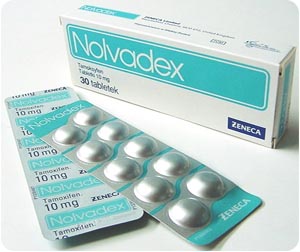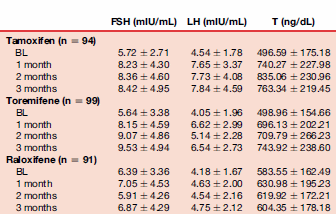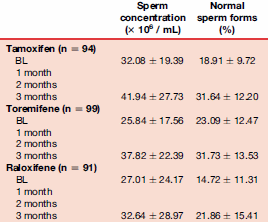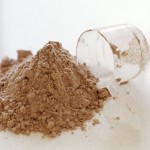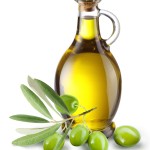Nolvadex Raises Testosterone More Than Toremifene & Rolaxifene
Blog Entry #62
By Admin – Steroidal.com
After a course of anabolic steroids, the bodies own natural testosterone levels will be inhibited or shutdown. Almost all anabolic steroids, oral or injectable, will affect the bodies own endogenous testosterone level to varying degrees. For example, Deca-Durabolin and Trenbolone will cause an almost total cessation of endogenous hormones even after a couple of shots, whilst other popular anabolic steroids, such as Testosterone Enanthate or Sustanon, will take up to three weeks to cause the same effect. The choice of androgen, dosage, duration, if the steroid is used alone or in combination with others and the age, past steroid use and genetics of the steroid user, will determine the speed of testosterone suppression and their ability to recover post use.
Due to anabolic steroids having this effect, conducing post cycle therapy (PCT) is imperative. This is where we use selective estrogen receptor modulators (SERMs), aromatase inhibitors (AIs), human chorionic gonadotropin (HCG) and supplements, to aid the body in producing its own hormones. Common PCT protocols can be found in our post cycle therapy article, which will detail how best to prevent testicular dysfunction with the use of HCG, how to recover natural hormone levels after using anabolic steroids and lists detailed examples.
The most common PCT protocols contain SERMs, Nolvadex, or chemical name Tamoxifen and Clomid, also called Clomiphene. One way in which the body regulates testosterone levels is to monitor levels of andorgens and estrogens in the blood. SERMs act by blocking the effects of estrogen in the brain, thus raising hormones and testosterone levels. Recently, newer SERMs have hit the market, such as Toremifene (Fareston) and Rolaxifene (Evista). These drugs, like SERMs, have been developed to treat breast cancer but because of their mechanism of action will also raise testosterone in males.
Today we’re going to look at a comparable study on Tamoxifen, Toremifene and Rolaxifene. A fairly recent 2009 study done in Greece and published in Fertility & Sterility, looked at the effects of each SERM in just under 300 infertile men with low sperm count and low testosterone levels. The men were given 20mg Tamoxifen, 60mg Toremiefene or 60mg Rolaxifene every day for three months.
The figure above shows that Tamoxifen came out on top. In three months, Tamoxifen increased luteinizing hormone (LH) from 4.54 to 7.73 (+70%) and Testosterone from 496.59 to 835.06 (+71%). Toremifene increased LH from 4.05 to 5.05 (+25%) and Testosterone from 496.59 to 709.79 (+42%). FSH was also increased in both groups. Rolaxifene marginally increased LH, FSH and Testosterone and is probably not a wise choice for testosterone restoration.
Finally, the above figure shows the SERMs effects on sperm count. Again, Rolaxifene was unfavourable and is probably best used for gynecomastia treatment.
The Greek researchers speculate that Tamoxifen and Toremifene have direct effects on testosterone producing cells, or the leydig cells and not only act by blocking estrogen in the brain. Other theories are that the pituitary is sensitised to produce more LH and FSH per pulse, but this only seems evident in female rodents models.
At Steroidal.com we suggest a sold PCT of Tamoxifen 20mg per day, with a 40mg per day loading phase lasting seven days. Accompanied by Toremefiene at 60mg per day, or Clomid 25mg per day. This would last six weeks with the addition of Long Jack (LJ100) at 300mg per day and Ashwagandha root extract at 1g per day. Lastly, 200-300mg Humanofort per day with 300mg of Ginger Extract and Sopharma Tribestan at 1g per day to enhance sexual desire.
Source:
Fertil Steril. 2009 Apr;91(4 Suppl):1427-30




